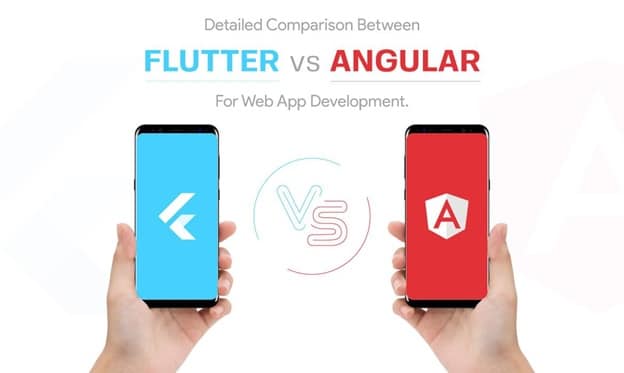Today, there are about 2.5 billion smartphone users in the world, and their number is only growing. Smartphones are used for a variety of purposes, from setting reminders to making money transactions. Many companies have realized the importance of having their own mobile app for their customers. Therefore, the demand for developers is only growing.
Those who can afford the budget create apps for both platforms – iOS and Android. But not everyone can afford it. Plus, managing codebases is costly too. The solution can be cross-platform applications with a single codebase.
There has been a lot of buzz lately about two frameworks that solve this problem – React Native and Flutter. There are other solutions, but these two have become especially popular among developers. Before I figure out why this happened, I will briefly talk about these frameworks.
What’s the difference between a mobile app and a good mobile app? Personal experience will tell you the answer – you probably noticed that games and programs with a pleasant, fast and convenient interface are more popular.
But that’s not all: the speed of development and implementation of new “features” also affects the success of an application. You can improve this indicator by using cross-platform tools. We will look at five frameworks – React Native, Flutter, Ionic, Xamarin, PhoneGap – and see when it is beneficial to use them in flutter vs. react native – Fireart blog.

Native APIs provide a very flexible and modern way to build mobile apps. But frameworks provide a common level of abstraction across multiple mobile platforms. If a new API is added to the Android / iOs SDK, you will have to wait for someone to create a cross-platform library for it so as not to write it yourself. Therefore, if you plan to create an application with many basic APIs, the native method is the most tried and tested and reliable.
Moreover, if you are directly using the native API, then you do not need to worry about problems arising from the wrapper libraries. If you find a bug in the wrapper library while using frameworks, you usually have to wait until someone fixes it. Each framework solved a cross-platform problem while creating several side effects. There are no such side effects when switching to the native platform.
Angular vs. React: Comparing Apples And Oranges
Without a doubt, most React developers will simply add a few libraries to React in order for it to be a complete framework. On the other hand, the resulting workflow from this technology stack is often very different that is why use angular.
The approaches themselves are completely opposite to each other, and at the moment there are countless discussions about which is better: working with mutable data or with immutable / unidirectional.
Note That Angular Has A Number Of Specific Specials That Are Not Specified By Default:
- Opportunity – Angular
- Processed properties
- Component Oriented Routing
- Material design components
But since you need to build a real-time messaging and video calling application, I would choose Flutter or React Native because these frameworks have better performance.
And you also mentioned that you have good experience with javascript … then Native would be the natural choice in this scenario.
React – & gt; you are using javascript as the language.
Flutter – & gt; you are using dart as your language.
Wrapping Up
For a developer or company, the choice of a platform depends on various factors such as their previous tool stack, budget, current development team, etc. For a company that already has a web development team, it will be much easier to translate some people to React Native. If you are familiar with languages such as Java and C #, learn Flutter better.
Leave a Reply